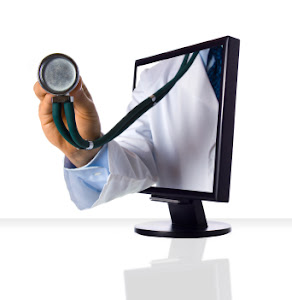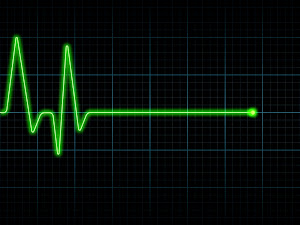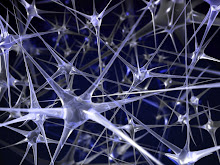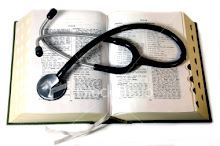 Image Source: University of California (Berkeley). Courtesy of Dr. Boris Rubinsky.
Image Source: University of California (Berkeley). Courtesy of Dr. Boris Rubinsky. Secondary Text Source: Sujathafan.
"The cell phone is going to solve rural health-care problems, whether it's rural India or rural Indiana. Hard to believe – Is it not?
Indeed, of some 30 health-care-related projects at various universities recently funded by Microsoft (MSFT) Research, 17 involve cell phones. One team, at Washington University in St. Louis, is attempting to take ultrasound readings using a cell phone and a TV. Scientists at the University of Pittsburgh are working to create a heart monitor that relies on a cell phone to analyze the readings and dial 911 whenever a person's cardiac activity careens into dangerous territory, providing emergency responders with a location and a preliminary diagnosis.
Now, via a cell phone, you can have easy access to medical centres having ultrasounds, X-rays, magnetic resonance images and other medical imaging technology. This technique, developed by Prof. Boris Rubinsky, has the potential to provide sophisticated radiological diagnoses and treatment to the majority of the world's population lacking access to such technology.
Most medical imaging devices consist of three essential components: the data acquisition hardware that is connected to the patient, the image processing software and a monitor to display the image. When these components are combined into one unit, machine parts often become redundant, substantially increasing the cost of the device.
Rubinsky (UC Berkeley professor of bioengineering and mechanical engineering) and his team came up with the novel idea of physically separating these components so that the most complicated element - the processing software used to reconstruct the raw data into a meaningful image - can reside at an offsite central location, presumably in a large center where resources are available for its operation and maintenance. This central location would be used to service multiple remote sites where far simpler machines collect the raw data from the patients.
That's where the cell phone comes in. The phone, hooked up to the data acquisition device, would transmit the raw data to the central server where the information would be used to create an image. The server would then relay the image back to the cell phone, where it can be viewed on the cell phone's screen.
"This design significantly lowers the cost of medical imaging because the apparatus at the patient site is greatly simplified, and there is no need for personnel highly trained in imaging processing," said Ivorra, the post-doctoral researcher. "The data acquisition device can be made with off-the-shelf parts that somebody with basic technical training can operate. As for cell phones, you could be out in the middle of a remote village and still have cell phone access. They're so prevalent because so little infrastructure is required to maintain wireless networks."
The principle behind medical imaging is the production of a map based upon the physical properties of different types of tissue, such as tumors, muscle and fat. An MRI, for instance, produces a map of proton density in different tissue, while an ultrasound produces a map based upon pressure waves.
The researchers chose electrical impedance tomography (EIT) to demonstrate the feasibility of using cell phones in medical imaging. EIT is based upon the principle that diseased tissue transmits electrical currents differently than does healthy tissue. The difference in resistance to electrical currents is translated into an image. "
http://berkeley.edu/news/media/releases/2008/04/29_cellphone.shtml






